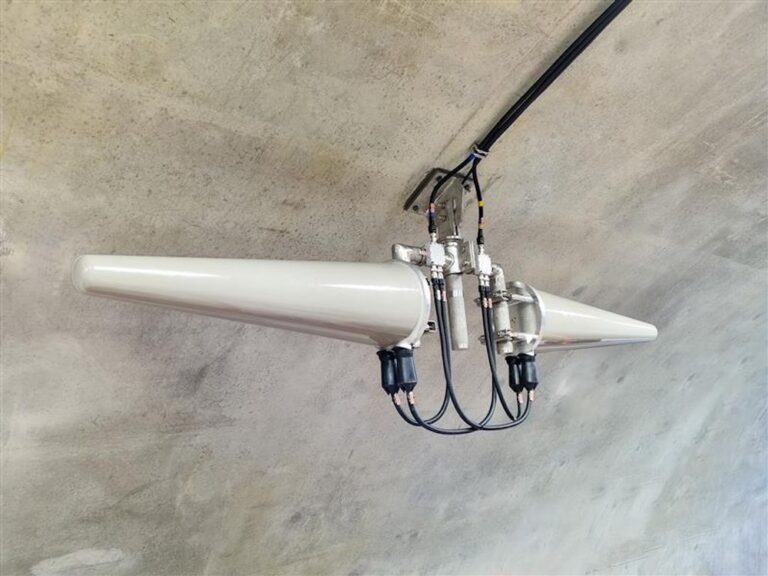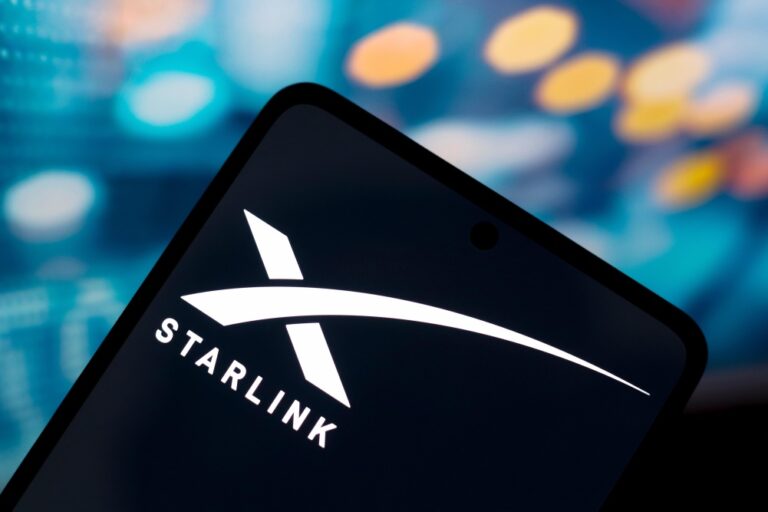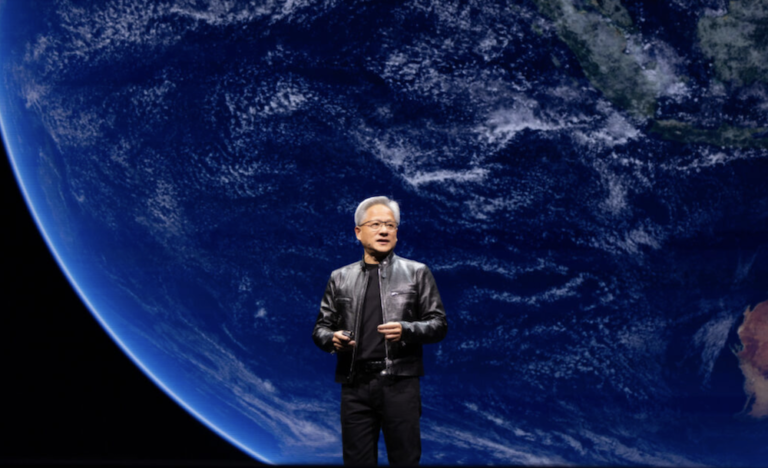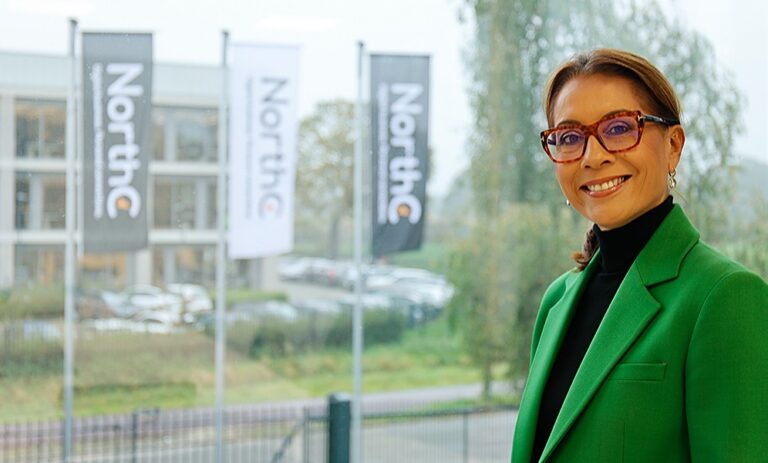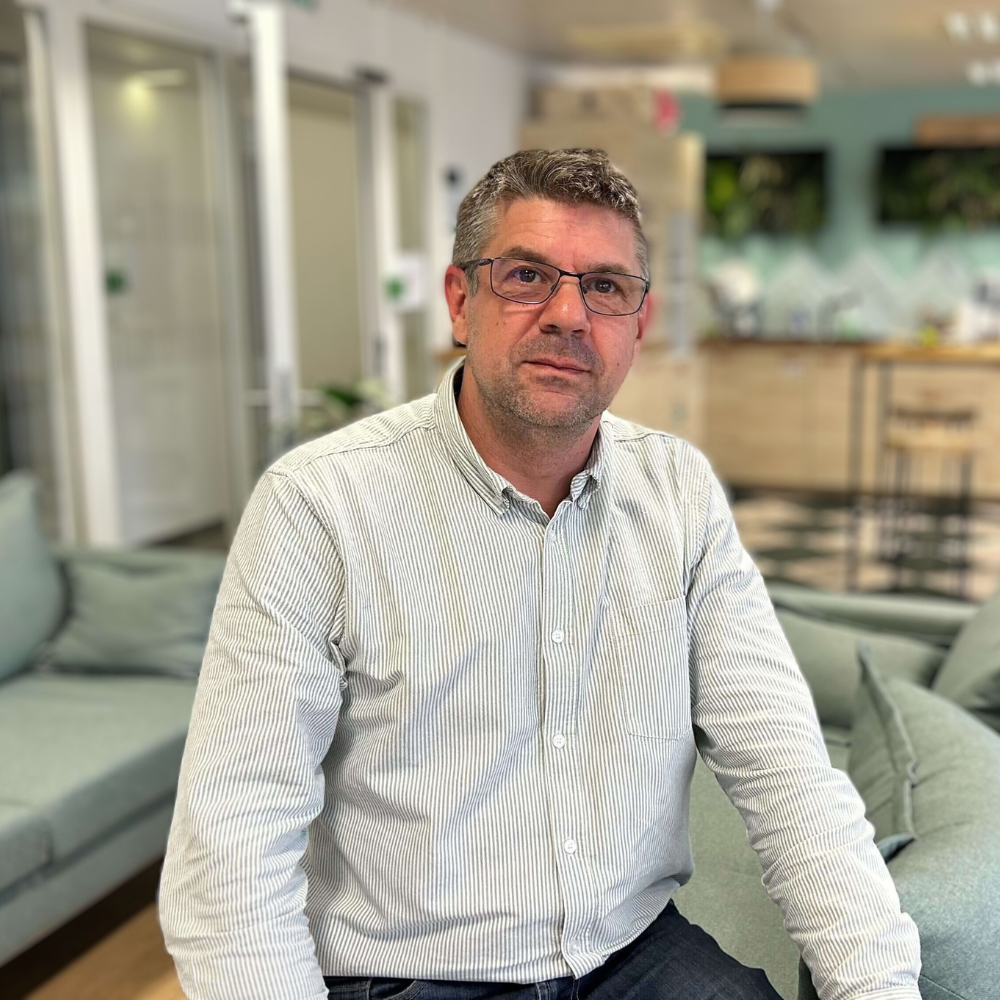Road and rail tunnels can be difficult areas to cover with 5G so the operator has tried some new multi-band antennas to help out
Vodafone Germany has commissioned a new type of conical multi-band mobile antenna for more stable 5G coverage in tunnels. The operator has deployed five of these antennas in the 1,400-meter-long Arlinger Tunnel near Pforzheim, improving mobile reception. Ericsson’s mobile antenna supports multiple frequency bands and is specifically designed for use in tunnels.
Interestingly, the antennas are cone-shaped and the form factor makes it particularly wind-resistant and therefore robust, according to the operator. The antenna covers all low band and midband spectrum for all mobile generations and is quite unique with respect to the 2×2 MIMO capability (XPol) which is required for 5G services. They also transmit multiple 5G and LTE frequencies simultaneously, reducing the need for multiple antenna types and improving efficiency.
“Closing dead spots in tunnels is particularly challenging for structural reasons alone. Passing cars and trains set large air masses in motion in tunnels, which can cause vibrations in the antenna technology and thus impair the transmission and reception performance of mobile phone antennas,” said Vodafone head of network development Marc Hoelzer. “This places special demands on the wind resistance of the antennas used and their installation.”
He added: “For drivers and passengers, the commissioning of the new antenna generation will result in fewer dropped calls and more stable data rates.”
In Germany, there are over 270 road tunnels with a total length of 270 km on federal highways. There are 420 tunnels on rural, district, and urban roads with a total length of over 350 km. The Deutsche Bahn rail network comprises 761 tunnels with a total length of more than 600 km. Vodafone plans to use the wind-resistant conical antenna in construction projects in an initial 20 additional tunnels.
In smaller tunnels, mobile phone antennas at the entrances and exits are often sufficient for mobile phone reception along the tunnel route. In deeper and longer tunnels, optical amplifiers (repeaters) are used, which transmit the mobile phone signal to numerous tunnel antennas installed in the tunnel and then return the signal to the mobile phone cell at the end.
Implementation also presents many challenges. Cables must be laid and technology installed. This usually requires the tunnels to be closed by Deutsche Bahn or the Autobahn GmbH. Therefore, network expansion in mobile phone tunnels usually takes place as part of renovation or maintenance work.
To avoid every mobile network operator having to install its own cables and technology, there is usually a responsible network operator for each tunnel and the other providers connect their technology to the infrastructure.
Boldyn’s hold-my-beer
Overcoming the unique radio propagation characteristics in tunnels has been a conundrum for operators and vendors alike. In places like the Nordics and Australia, it has resulted in some interesting developments in underground mines.
While Vodafone’s deployment of this antennas is helping over what you could argue is shorter distances, spare a thought for Boldyn Networks which signed a 20-year partnership with Transport for London (TfL) to provide high-speed mobile coverage across the London Underground network. Once done, customers of all the UK’s mobile network operators (MNOs) Three UK, EE, Vodafone and Virgin Media O2, will be able to access high-speed mobile connectivity while travelling on the Tube.
To overcome the lengths and twists of the Tube, specially designed radio units will be installed throughout the stations and concourses to beam the cellular signal to phones. Meanwhile, a 175mm-diameter radiating cable is installed on the tunnel walls at train window height to provide signal to passing Tube services.
This is known as a leaky feeder as it has gaps or slots in its outer conductor to allow the radio signal to leak into or out of the cable along its entire length – both are compliant with current regulations. For longer tunnels, a high-power radio unit is installed every 500m to amplify the signals.


